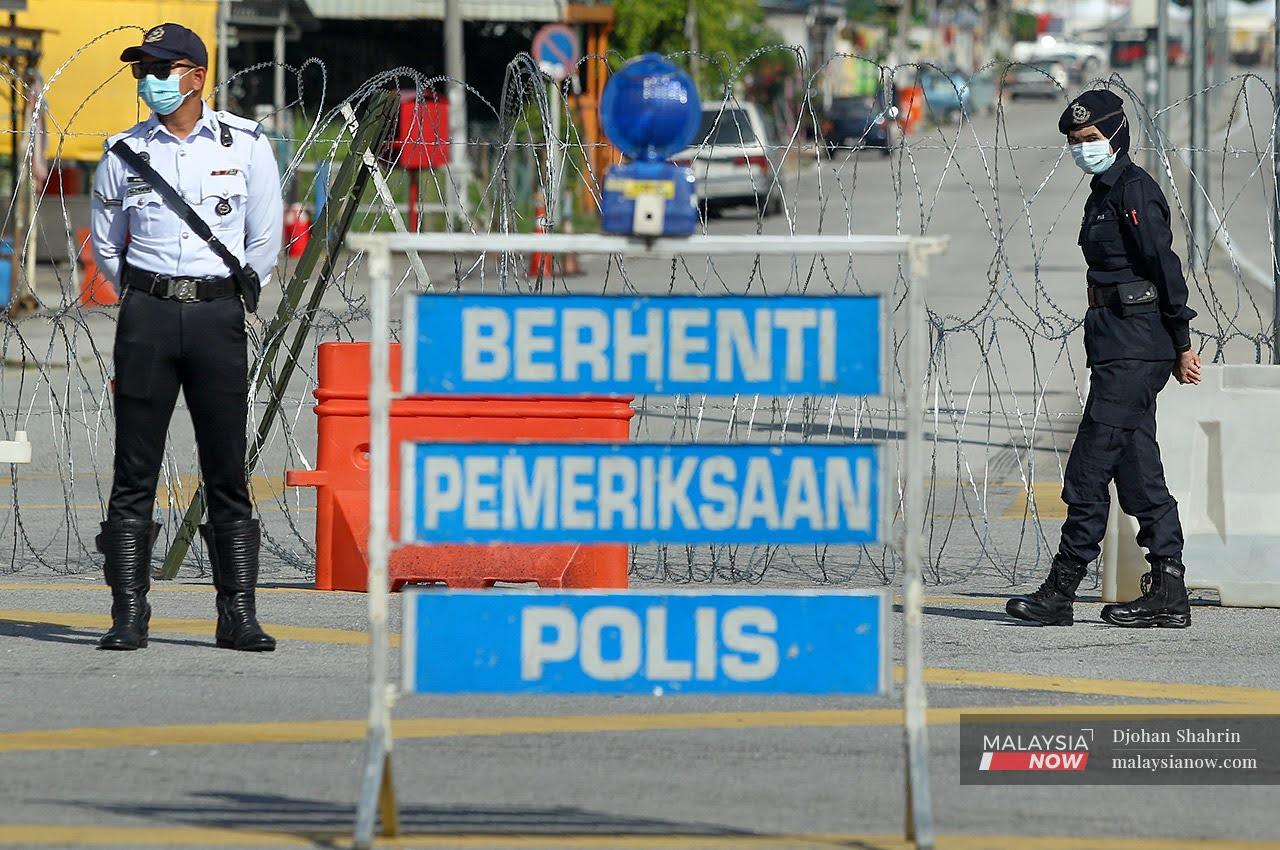The ‘hidden epidemic’ lurking behind everyday life
Mental health disorders, brought to the fore by the outbreak of Covid-19, are still a taboo topic for many.
Dismissing mental health disorders as a ploy for attention or a condition that can be “snapped out of” could lead to a “hidden epidemic” of individuals afraid of seeking help, a mental illness NGO warns.
Mental Illness Awareness and Support Association president Anita Abu Bakar said these perceptions are still the norm, along with the belief that mental health disorders are a choice or even a trend with the younger generation.
But she warned that this response could further exacerbate the situation for such individuals.
“People think it (the disorder) will go away. Unfortunately, that’s not the case.”
“Being stigmatised and discriminated against by others, or simply not having adequate health literacy to understand that they need help – things might end up badly for them,” she told MalaysiaNow.
According to international psychiatric journal Asia-Pacific Psychiatry, depression, anxiety, bipolar disorder and schizophrenia are among the most common diagnoses of mental health disorders.
Malaysian Mental Health Association executive director Cheong Sue Jen refers to them as “the flu and fever” of mental health – and, according to her, they are not something that can be made to disappear completely.
“People think it (the disorder) will go away. Unfortunately, that’s not the case,” she said.
With a good support system in place, a gradual recovery is possible. Even then, this does not mean an absence of symptoms but rather the ability to manage them.
“If all the contributing factors are good, then it will be manageable,” she told MalaysiaNow.
“But once one of them is triggered, the symptoms might come back.”
‘Weak’
Dr Ooi Soon Ming, a psychiatrist at Hospital Miri, said the general perception of people who struggle with mental health disorders is that they are weak, lacking in faith, or just incapable of working out their issues.
“Families and individuals who suffer from mental illness tend to hide it, suppress it and condemn it until it’s too late.”
He, too, believes in the power of a good support system.
“If communities are more accepting of mental illness, the challenges of the family and individual can be sufficiently addressed and attended to,” he said.
According to last year’s National Health and Morbidity Survey, the prevalence of depression among Malaysian adults was 2.3% – about half a million individuals.
The survey said 2.7% of the B40 community, 1.7% of the M40 community, and 0.5% of the T20 community are depressed.
A total of 424,000 Malaysian children have mental health or behavioural problems, with higher prevalence rates observed among those in the age bracket of 10-15 years (9.5%), children from the B40 group (9.2%), those from rural areas (8.8%) and girls (8.4%).
But treating mental health disorders can be a problem, due in part to the shortage of mental health professionals in Malaysia.
“Families and individuals who suffer from mental illness tend to hide it, suppress it and condemn it until it’s too late.”
Anita told MalaysiaNow that there were 52,000 individuals per counsellor as of this year. The psychiatrist-to-individual ratio meanwhile stands at 1.27:100,000 while the clinical psychologist-to-individual ratio was 0.29:100,000 as of 2017.
There is also a lack of anti-discriminatory laws and practices, access to free or affordable mental health care, and attention to the psychosocial development of children and adolescents.
If left untreated, Ooi said, mental illnesses would become worse and spread to more areas of life.
But Cheong also notes the existence of what is known as high-functioning depression, where those with disorders can still be productive in the workplace while battling their illnesses.
More relevant than ever
The subject of mental health disorders has been thrown into sharp relief by the Covid-19 pandemic, which saw a movement restriction order enforced for three months earlier this year.
Since then, conditional and targeted lockdowns have been implemented in various parts of the country as authorities continue to battle the surge in new cases.
Anita said the pandemic had affected the mental health of many.
The government’s psychosocial hotline alone received 11,791 calls as of August, while the national fire and rescue department attended to 88 attempted suicides between March and July, successfully intervening in 78.
But there is also a silver lining: “Unfortunately and fortunately, we are now able to talk about mental health and mental health issues and disorders in a big way.”
Cheong said the mushrooming of cases during the various lockdowns showed that many had been living with suppressed symptoms.
“They were distracted by their daily routines,” she said. “They go to work, they run errands, they take care of their families and they end up not acknowledging the symptoms they have.
“But when you are locked down at home, you can’t escape, and you’re forced to look into these symptoms.”
Still, it remains to be seen how many will venture forth to seek help.
“Many individuals remain quiet about it for fear of ridicule,” Ooi says.
“I have had more than a few encounters, even with healthcare personnel who are afraid to consult us for mental health issues as they do not want to leave a record.”
Subscribe to our newsletter
To be updated with all the latest news and analyses daily.
